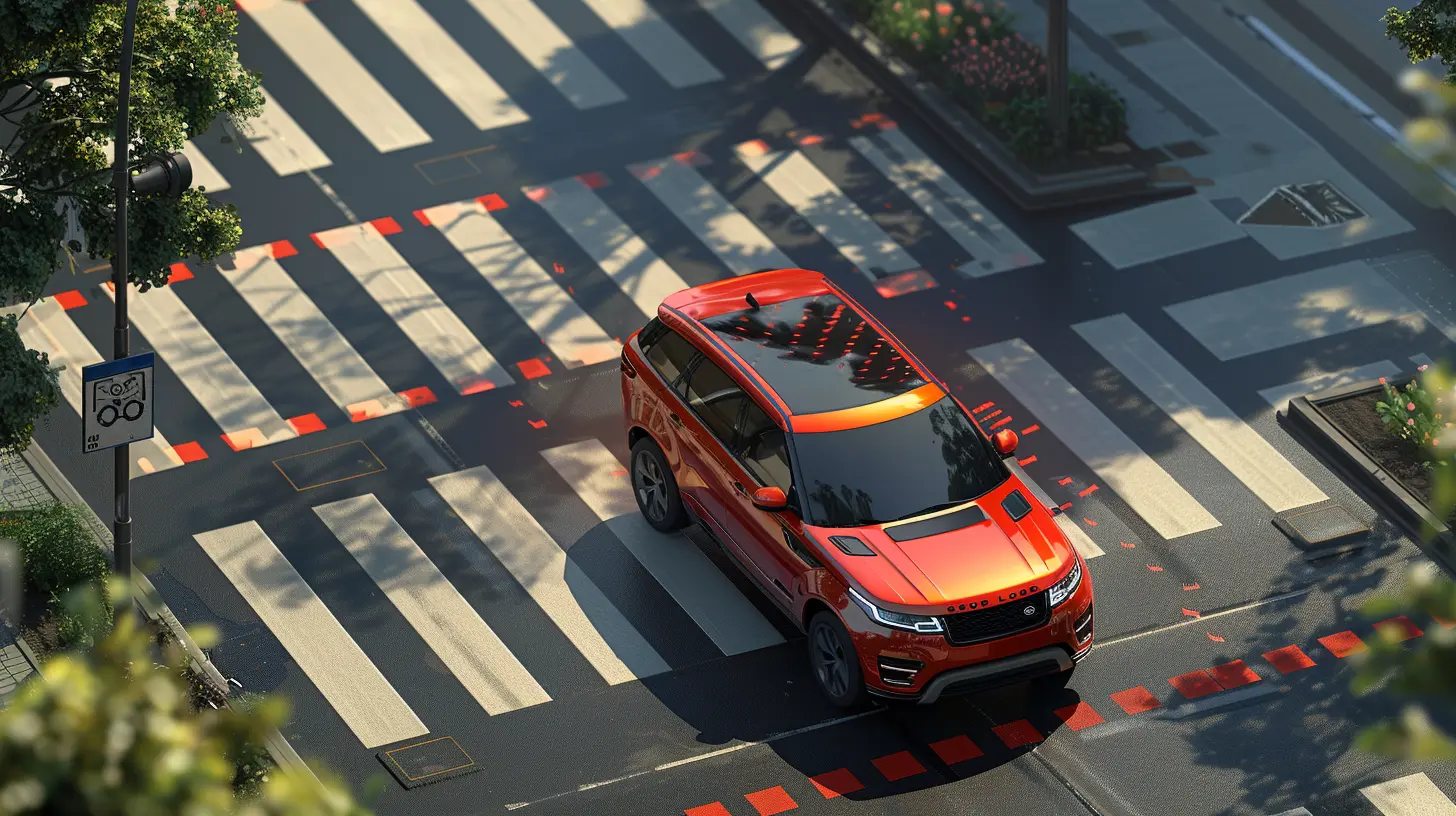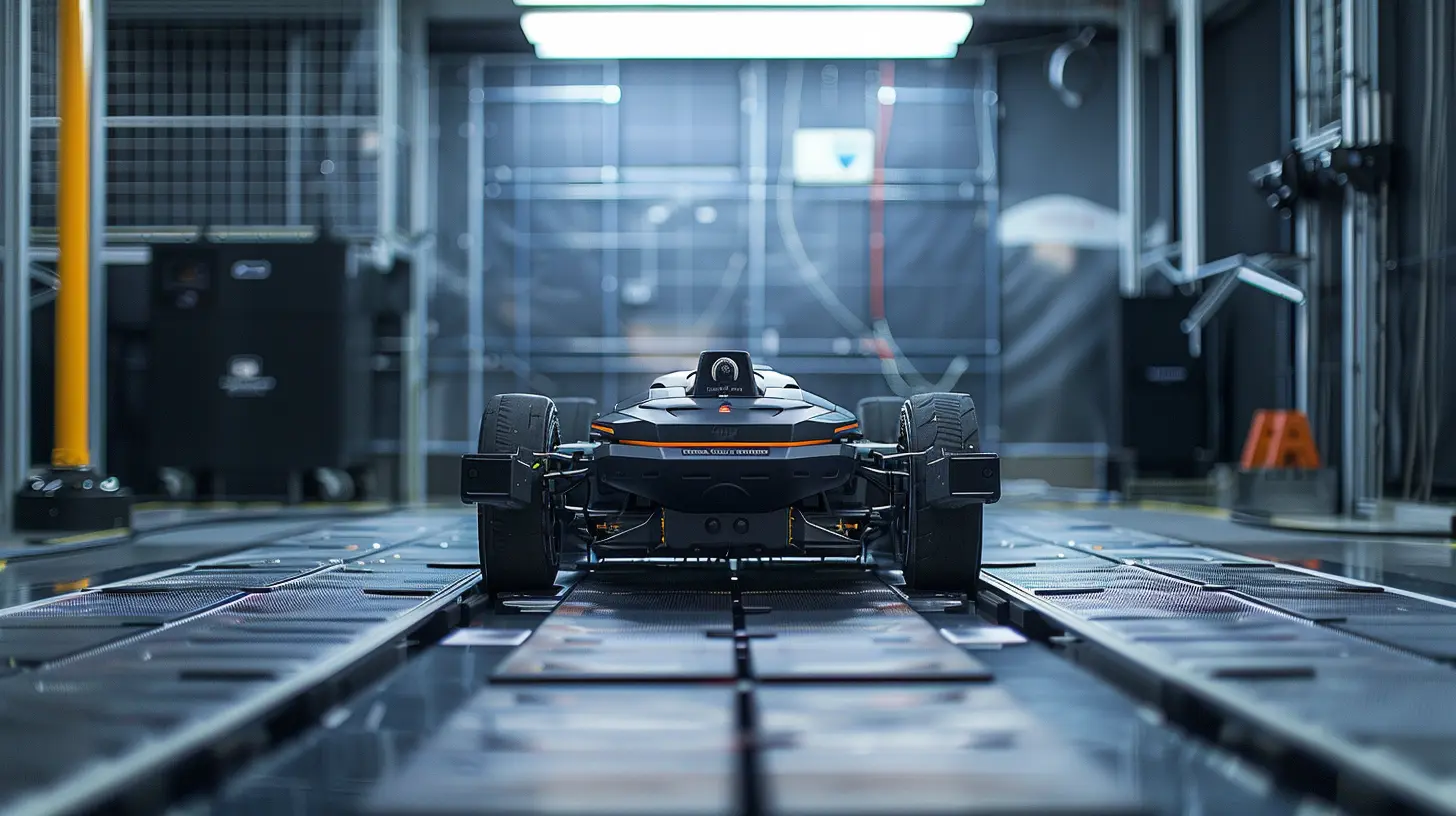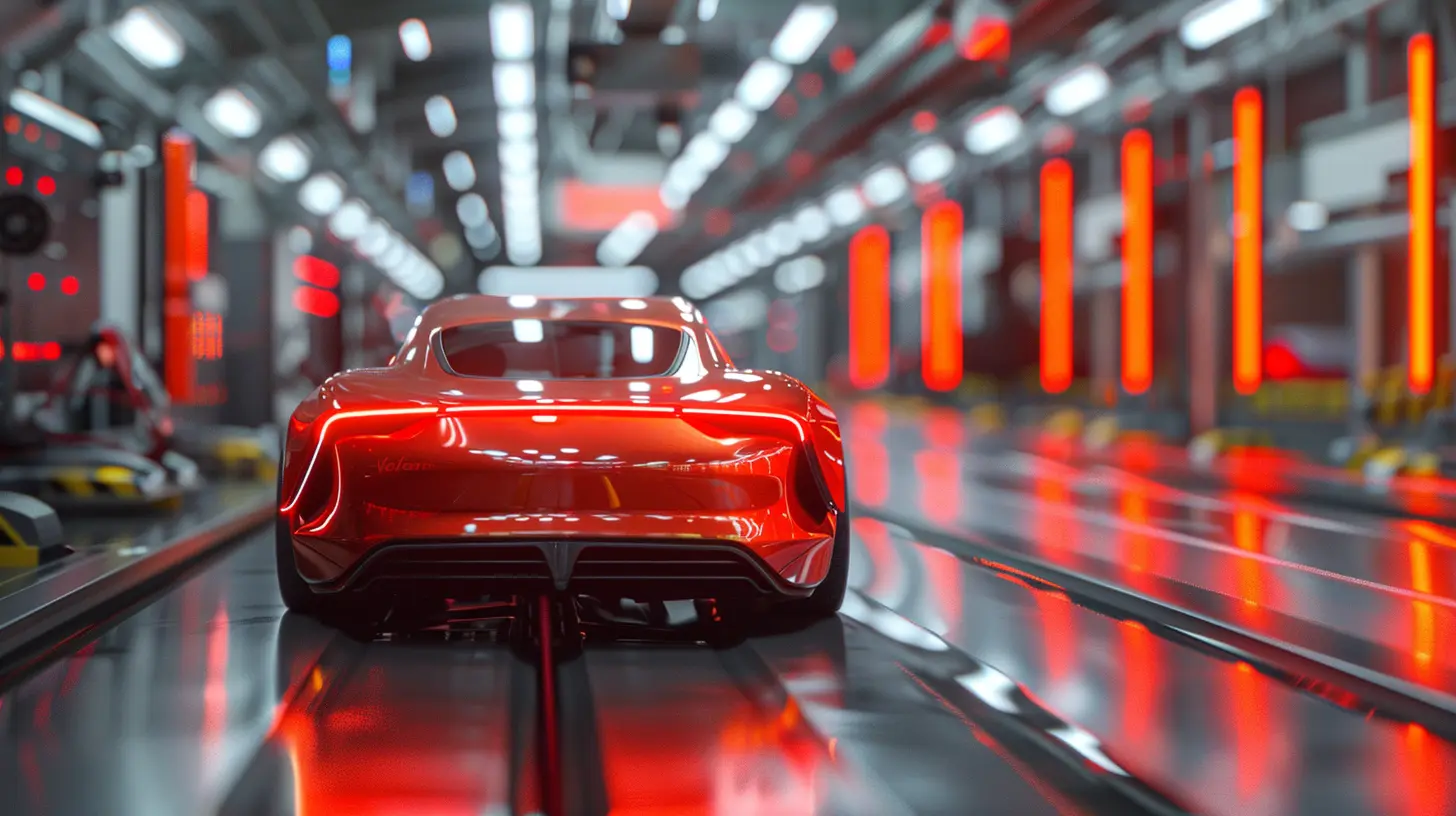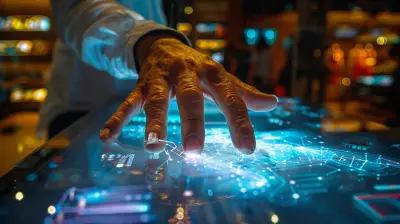The Role of Simulations in Testing Autonomous Vehicle Safety
18 October 2025
Alright, buckle up because we're about to get into the fast lane of future vehicle safety testing. Let's talk about something that's silently making or breaking the future of self-driving cars, but doesn't get nearly enough credit: simulations. Yeah, those digital test tracks where autonomous vehicles (AVs) get grilled in every way imaginable.
We’ve all heard the hype: “Self-driving cars will change the world!” Sure, but before they do, they need to prove they won’t drive us off a cliff—literally. That’s where simulations swoop in like the quiet superhero in glasses. Can we trust them? Are they the ultimate safety net? Or just beta versions of reality?
Let’s break it down. By the end of this, you'll look at simulations like they’re the MVPs of autonomous vehicle safety testing—because they absolutely are.
Why the Heck Are Simulations Even Necessary?
First off, let’s get real—a real-world test for AVs takes forever, is expensive, and can be more dangerous than a toddler with a crayon near your white walls. Running millions of miles on actual roads would take decades. Oh, and what about those rare “black swan” events—a meteor falling while a biker jumps a red light during a solar eclipse? Good luck waiting for that.Simulations let engineers throw every insane, unpredictable, hair-raising scenario at a car without ever putting a human life or a billion-dollar prototype at risk. Want to see how your AV handles a deer doing the cha-cha mid-highway? Boom—simulation. Snowstorm in July? Done. Fifty shades of weather and road conditions, all in a day's testing.
The Digital Twin: A Car’s Virtual Doppelgänger
So, what exactly is going on inside these simulations? Enter the "digital twin"—a high-fidelity, virtual version of the AV and its environment. Every nut, bolt, AI decision, and real-time traffic gaffe is rendered in code and pixels. This isn’t your average video game. We're talking physics-based simulations that mimic how tires interact with wet pavement or how headlights dazzle in dense fog.With a digital twin, engineers can tweak parameters like a DJ dropping bass—changing sensor settings, camera angles, LiDAR range, and more. It’s like a sandbox for nerds, and trust me, it’s where the real magic happens.
The Safety Jackpot: Virtual Crashes Without Real Consequences
Let’s face it, crashing cars is expensive. Really expensive. But if you do it virtually? You get all the data without killing anyone or wrecking a million-dollar prototype. Win-win.And here’s the kicker: simulations can test scenarios that would be downright unethical in the real world. Want to simulate drunk pedestrians jaywalking while it's snowing sideways and your car is low on battery? Go for it. Simulations are the wild, wild west of car safety—except they’re risk-free.
Sensor Fusion Freakouts—Tested Safely
You know those sensors that make AVs see the road—LiDAR, radar, cameras? They don’t always get along. In fact, they bicker like siblings. Simulations are great at exposing how these systems work (or don't) together under stress. It’s like couples therapy but for your car’s brain.By testing sensor fusion in a simulated environment, developers can identify weak links and iron out kinks before an actual vehicle ever hits the road. Fancy, right?
Training AI Drivers—Because Even Robots Need Driving School
Let’s be honest, even your AI needs a good ol’ boot camp. These simulations serve as rigorous training grounds for machine learning models. Every time an AV messes up in a simulation, it learns. And guess what? These mistakes don’t cost lives or headlines.Imagine teaching a baby to walk by letting it fall a million times—except the baby is a multi-billion-dollar AI system, and the playpen is a hyper-realistic digital universe. Yeah, it’s that serious.
Scaling Like a Boss—From One Scenario to Ten Million
Here’s the real flex of simulations: scale. You can run thousands, even millions, of simulations simultaneously in the cloud. One laptop, endless mayhem. Sound like sci-fi? It’s not.Cloud-based simulation platforms allow automakers to test tens of millions of situations—urban driving, freeway madness, parking lot tantrums—all at once. This is how Tesla, Waymo, and other AV giants stay ahead of the curve.
Real-World? Meet Virtual World
Okay, I hear your inner skeptic yelling, “But simulations aren’t real!” Fair. But here’s the twist—thanks to hybrid testing, real-world data feeds into simulations in real time. So, your digital twin is constantly learning and adapting to actual driving conditions. It’s like a virtual reality Instagram filter that updates based on your mood. Creepy? Maybe. Effective? Big time.By combining data from real test drives with simulated runs, developers get a clearer, more holistic view of how the AV performs across the board. This synergy is where the future lies.
Simulation Isn’t a Silver Bullet—Let’s Be Honest
Alright, let’s keep it 100. Simulations aren’t perfect. If the models they're built on are flawed, guess what? The outcomes will be garbage. Garbage in, garbage out—simple as that. It's like doing math with a broken calculator.That’s why validation and cross-verification with real-world data is crucial. Simulations should enhance physical testing, not replace it. They’re teammates, not rivals. Think of it as Batman and Robin—better together, unstoppable as a pair.
Regulatory Bodies Are Warming Up to the Idea
Even the most stone-faced regulators are starting to cozy up to simulations. Government agencies, safety watchdogs, and auto insurance companies are beginning to recognize simulated testing as a legit protocol. It's getting written into safety frameworks, and that's saying something.Soon, we might see "miles driven in simulation" as an accepted metric in AV safety reports. And why not? It’s cheaper, safer, faster, and infinitely repeatable.
The Million-Dollar Question: Are Simulations the Future of AV Safety?
Short answer? Heck yes.Simulations are already revolutionizing how we design, test, and validate autonomous vehicles. They're reducing time-to-market, cutting costs, and most importantly, making AVs safer before they ever touch real asphalt.
Will we ever get rid of real-world testing? Nope. But simulations will continue to eat up more of the heavy lifting, especially in the early and middle phases of AV development. They're not just tools—they’re co-pilots for the engineers guiding us into the future.
Final Thoughts: Simulations Are the Unsung Heroes
Let’s give credit where credit is due. Simulations aren’t the flashy headlines or the viral videos. They’re the behind-the-scenes hustlers making sure autonomous vehicles aren't just tech marvels but also safe, reliable, and road-ready.If real-world testing is the battlefield, simulations are the combat training. And trust me, you want your AV to have gone through hell in simulation before it ever meets a speed bump in real life.
So, the next time someone tells you they don’t trust self-driving cars, just smile and say, “That's what simulations are for.
all images in this post were generated using AI tools
Category:
Autonomous VehiclesAuthor:

Kira Sanders
Discussion
rate this article
1 comments
Carter Wheeler
This article effectively highlights the critical role of simulations in enhancing autonomous vehicle safety. By allowing for rigorous testing under varied scenarios, simulations not only reduce real-world risks but also accelerate the development of trustworthy autonomous systems.
October 20, 2025 at 4:52 AM

Kira Sanders
Thank you for your insightful comment! I’m glad you found the article highlights the importance of simulations in improving safety and fostering trust in autonomous vehicles.


